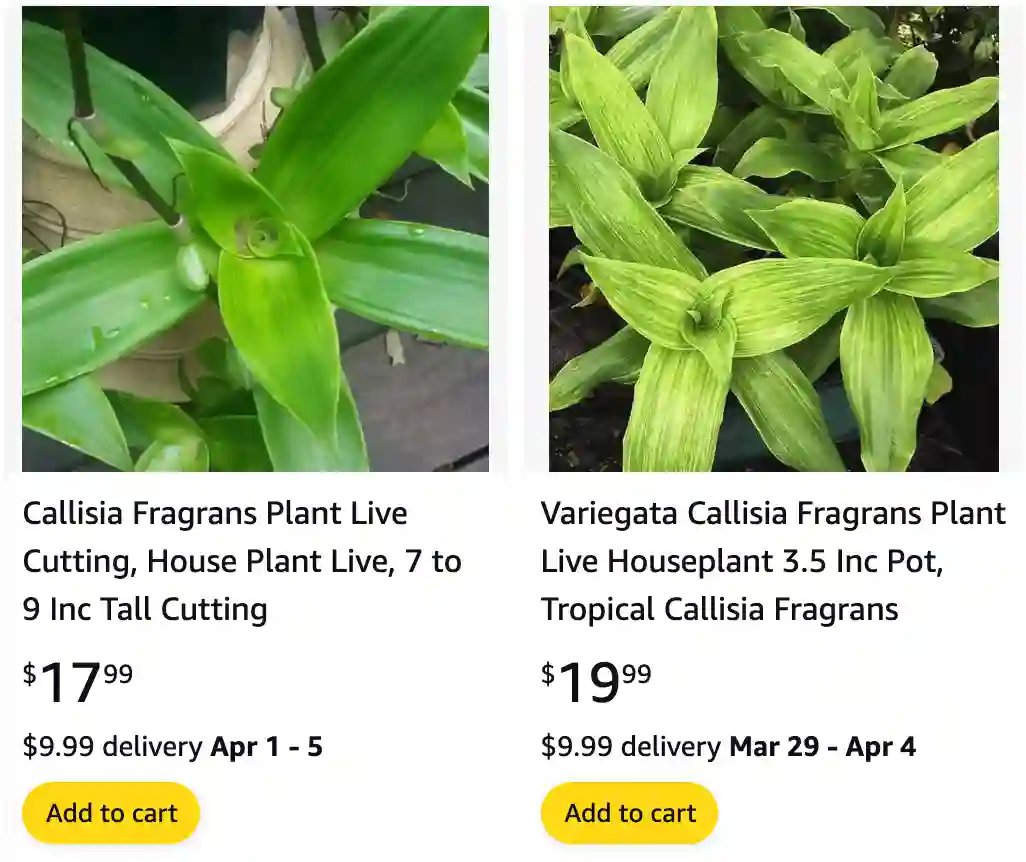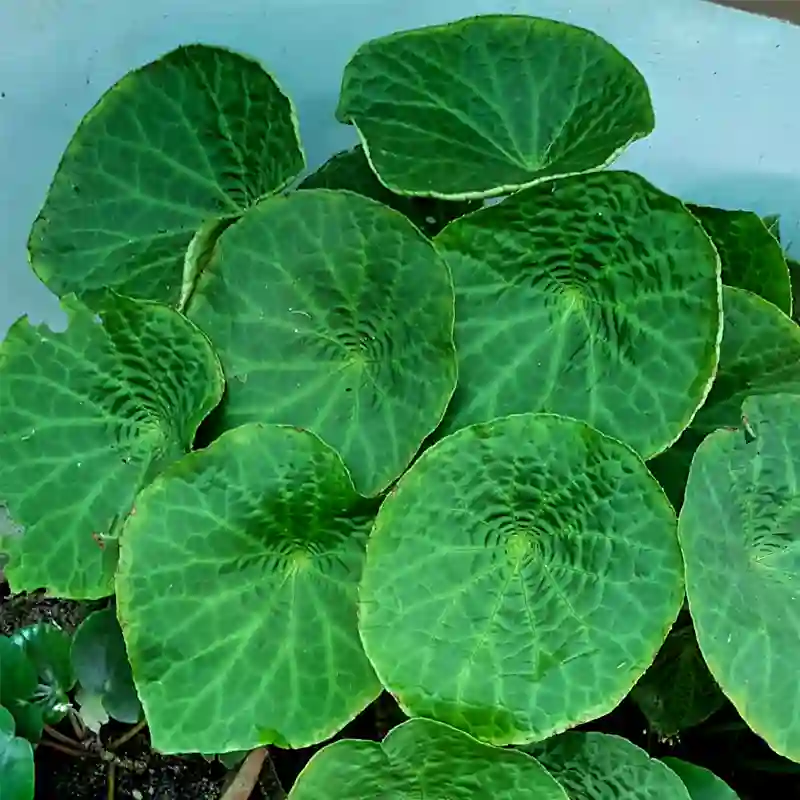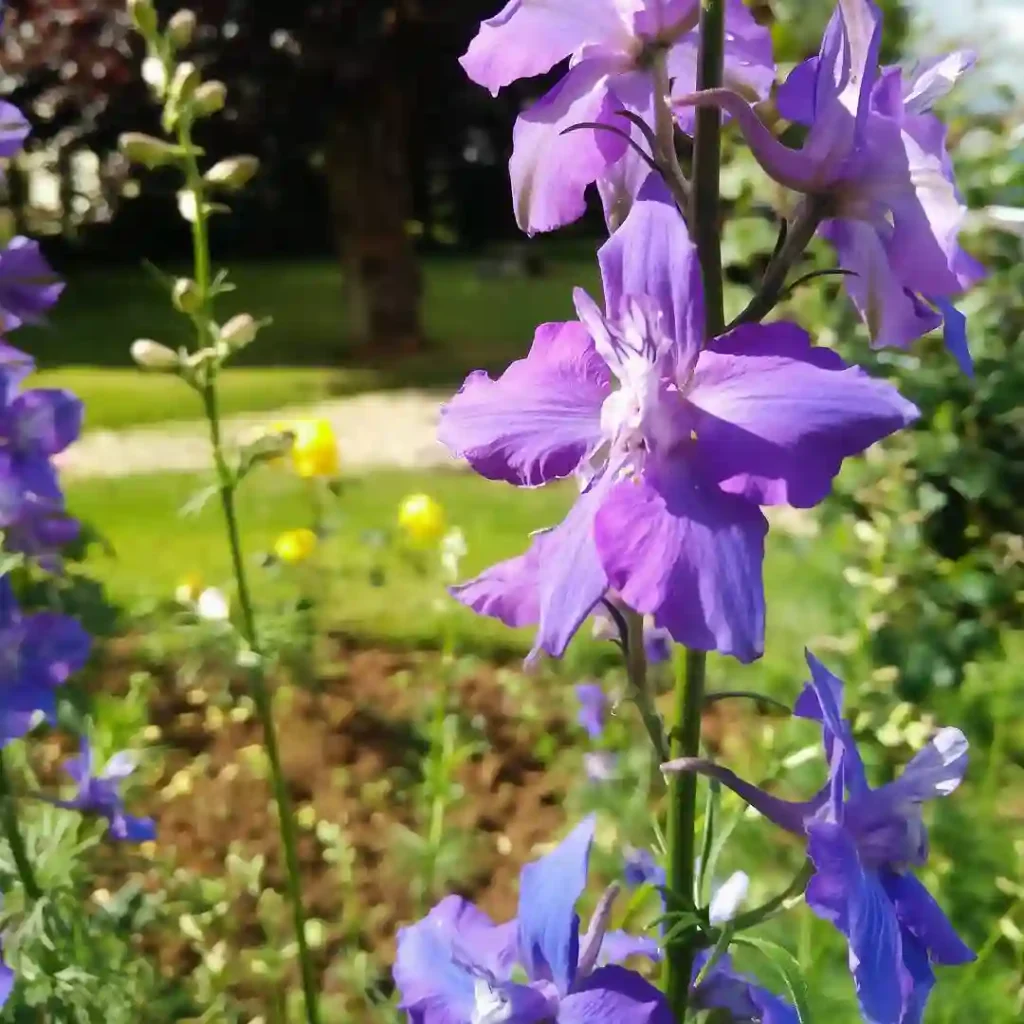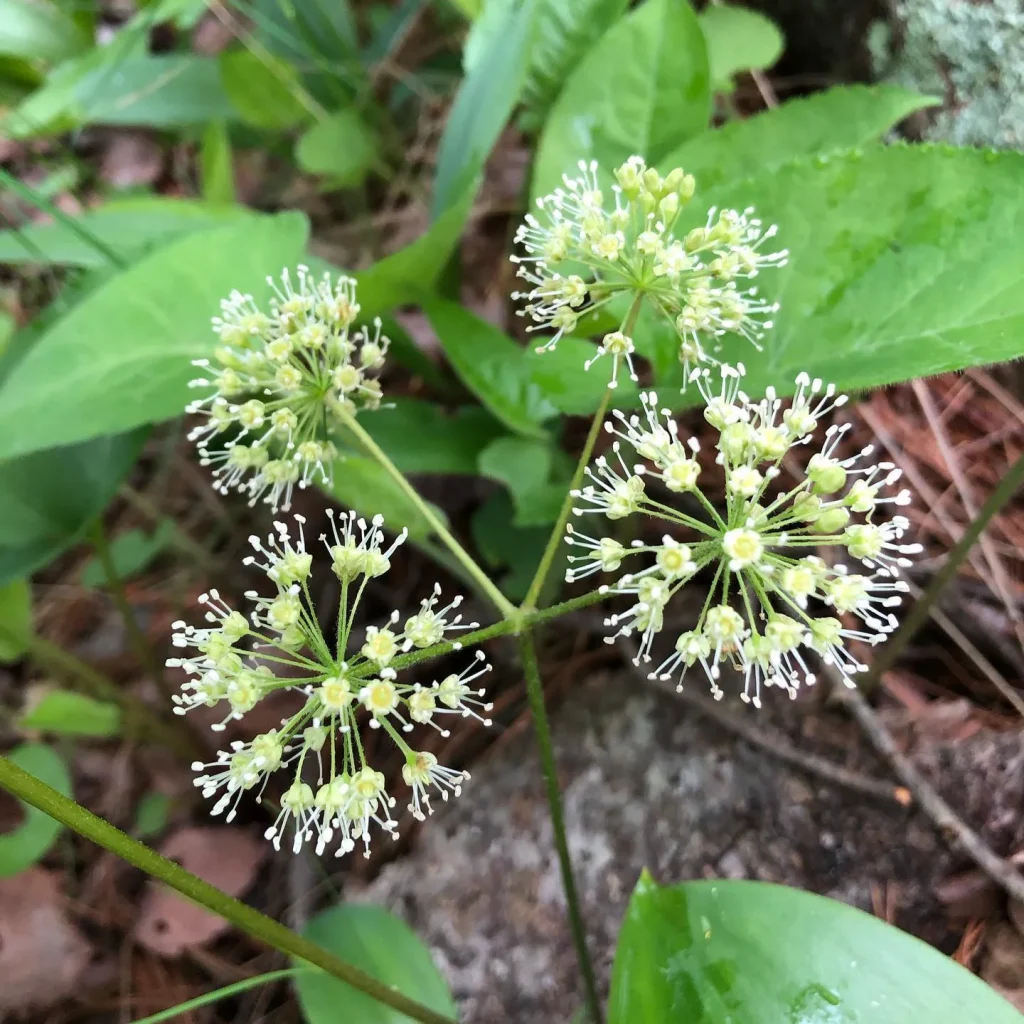
How to propagate Callisia fragrans?
Propagation of Callisia fragrans, also known as the basket plant, is quite straightforward based on my experience. I’ve found that the easiest way is through division. When the plant becomes crowded or overgrown, I carefully separate the clumps into smaller sections, ensuring each division has both roots and shoots. Then, I plant these divisions in separate pots with well-draining soil, ensuring they receive adequate sunlight and moisture to encourage root growth.
19 Species in Genus Callisia
Is Callisia fragrans poisonous?
Regarding its toxicity, I’ve researched and found that Callisia fragrans is considered non-toxic to humans and pets, which is a relief since I have both furry friends and children at home. However, it’s always wise to keep an eye out for any potential allergic reactions or sensitivities, as individual responses can vary.
Can Callisia fragrans be used for treatment?
As for its medicinal properties, I haven’t personally explored using Callisia fragrans for treatment, but I’ve come across anecdotal accounts suggesting its potential benefits in traditional medicine. Some people claim it has anti-inflammatory or immune-boosting properties, but I believe it’s essential to consult with a healthcare professional before using it for any therapeutic purposes.
How to grow Callisia fragrans?
Callisia fragrans is a beautiful and easy-to-grow houseplant known for its fragrant white flowers and cascading foliage. Here’s a guide to cultivate it successfully:
Planting:
- Timing: You can plant Callisia fragrans any time of year, but spring and summer are ideal when temperatures are warm.
- Location: Choose a spot with bright, indirect light. While some direct morning sun is okay, avoid harsh afternoon sun, which can scorch the leaves. East or north-facing windows are good placements.
- Potting Mix: Use a well-draining potting mix. A good option is a commercial houseplant mix or a mix you create using:
- Potting soil
- Perlite (for drainage and aeration)
- Coco coir (for added moisture retention)
- Planting Process:
- Select a pot with drainage holes. The pot size should be appropriate for the plant’s current size, with room for growth.
- Fill the pot with the well-draining potting mix, leaving some space at the top for watering.
- Gently loosen the roots of your Callisia fragrans if it’s container-grown.
- Place the plant in the pot and fill the remaining space with the potting mix, ensuring the base of the stem sits at the appropriate soil level.
- Water thoroughly until the water runs out of the drainage holes.
Care:
- Watering: Callisia fragrans prefers consistent moisture but dislikes soggy soil. Allow the top inch of the soil to dry out before watering again. Water thoroughly until the water drains out of the pot.
- Light Misting: While not essential, occasional light misting can be beneficial, especially in dry climates or during winter.
- Fertilizer: During the growing season (spring and summer), you can fertilize your Callisia fragrans once a month with a diluted, balanced liquid fertilizer. Withhold fertilizer during dormancy (winter).
- Temperature and Humidity: Maintain warm temperatures between 65°F and 80°F (18°C and 27°C). Callisia fragrans tolerates average household humidity levels but thrives in moderate humidity (around 50%).
Callisia fragrans, also known as the Inch Plant or Basket Plant, is a beautiful and easy-to-grow houseplant known for its fragrant white flowers and cascading foliage. Here’s a guide to cultivate it successfully:
Planting:
- Timing: You can plant Callisia fragrans any time of year, but spring and summer are ideal when temperatures are warm.
- Location: Choose a spot with bright, indirect light. While some direct morning sun is okay, avoid harsh afternoon sun, which can scorch the leaves. East or north-facing windows are good placements.
- Potting Mix: Use a well-draining potting mix. A good option is a commercial houseplant mix or a mix you create using:
- Potting soil
- Perlite (for drainage and aeration)
- Coco coir (for added moisture retention)
- Planting Process:
- Select a pot with drainage holes. The pot size should be appropriate for the plant’s current size, with room for growth.
- Fill the pot with the well-draining potting mix, leaving some space at the top for watering.
- Gently loosen the roots of your Callisia fragrans if it’s container-grown.
- Place the plant in the pot and fill the remaining space with the potting mix, ensuring the base of the stem sits at the appropriate soil level.
- Water thoroughly until the water runs out of the drainage holes.
Care:
- Watering: Callisia fragrans prefers consistent moisture but dislikes soggy soil. Allow the top inch of the soil to dry out before watering again. Water thoroughly until the water drains out of the pot.
- Light Misting: While not essential, occasional light misting can be beneficial, especially in dry climates or during winter.
- Fertilizer: During the growing season (spring and summer), you can fertilize your Callisia fragrans once a month with a diluted, balanced liquid fertilizer. Withhold fertilizer during dormancy (winter).
- Temperature and Humidity: Maintain warm temperatures between 65°F and 80°F (18°C and 27°C). Callisia fragrans tolerates average household humidity levels but thrives in moderate humidity (around 50%).
Propagation:
Callisia fragrans is easy to propagate through stem cuttings. Here’s how:
1. Take a healthy stem cutting with a few nodes (leaf bumps) in spring or summer.
2. Remove the lower leaves from the cutting, leaving 2-3 sets at the top.
3. You can plant the cutting directly in a pot with well-draining potting mix, keeping the soil moist.
4. Alternatively, dip the cut end of the stem in water and place it in a container with fresh water. Roots should develop within a few weeks. Once established, you can transfer the rooted cutting to a pot with soil.
Additional Tips:
- Pruning: Callisia fragrans responds well to pruning. You can trim leggy stems to encourage bushier growth. Pruning also helps maintain the desired size and shape of the plant.
- Repotting: Repot your Callisia fragrans every 1-2 years or when it outgrows its current pot. Choose a pot that’s slightly larger than the previous one.
- Pests and Diseases: Callisia fragrans is generally pest and disease resistant. However, watch out for common houseplant problems like mealybugs or spider mites. You can treat them with insecticidal soap or neem oil.
How to use Callisia fragrans?
In terms of using Callisia fragrans, I’ve experimented with incorporating it into my indoor decor. Its trailing vines and delicate leaves make it a beautiful addition to hanging baskets or as a trailing accent in potted arrangements. Some people also use it in terrariums or as ground cover in outdoor gardens, but I prefer to keep mine indoors where I can appreciate its beauty up close.
Where to buy Callisia fragrans extracts?
When it comes to purchasing Callisia fragrans extracts, I’ve found that online retailers specializing in natural remedies or herbal supplements often carry them. It’s essential to research the seller and ensure they provide high-quality products. Additionally, I’ve seen local nurseries or botanical gardens occasionally offer Callisia fragrans plants or extracts for sale, which can be a more convenient option if you prefer to see the product in person before purchasing.
If i die, water my plants!



